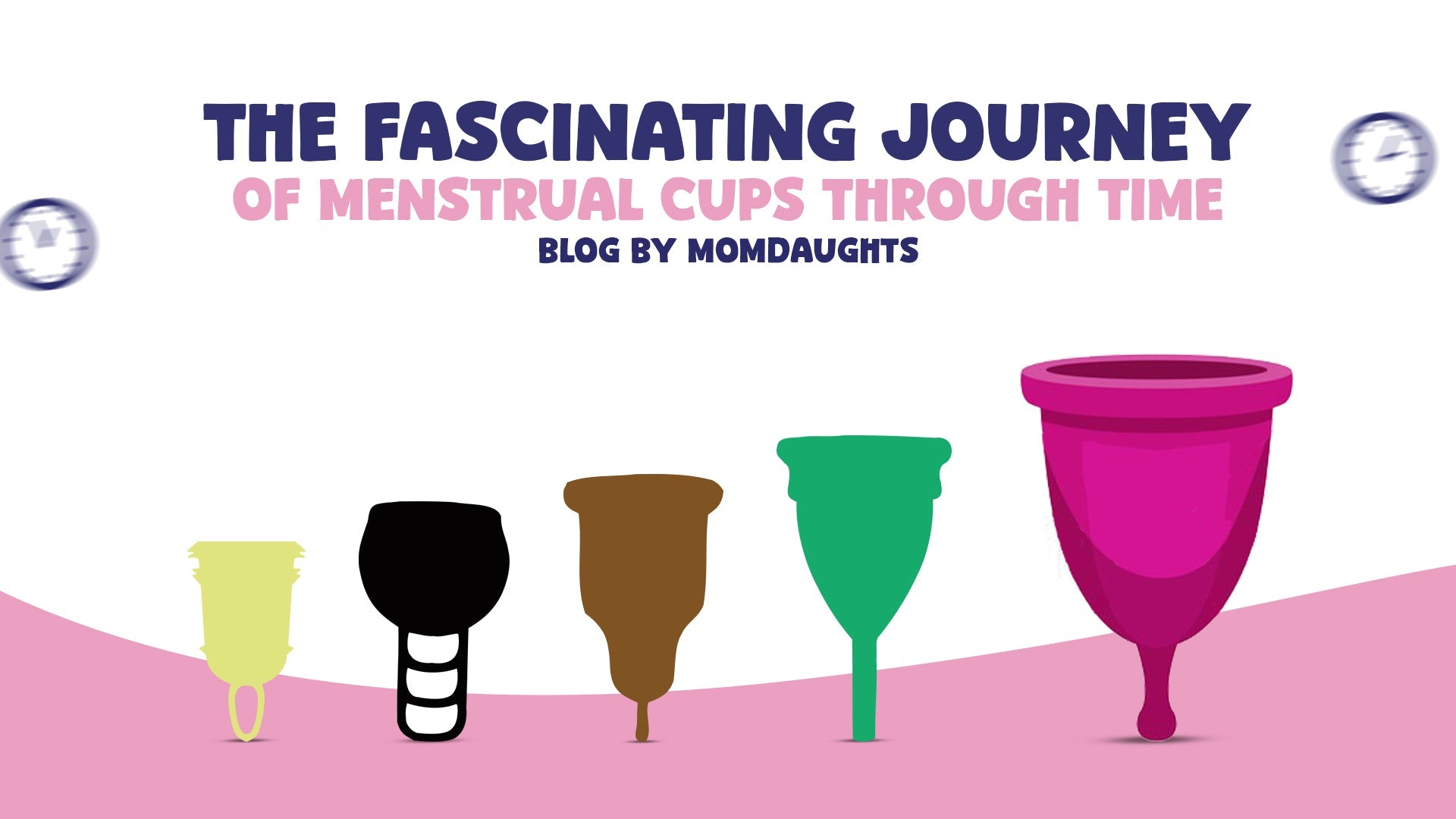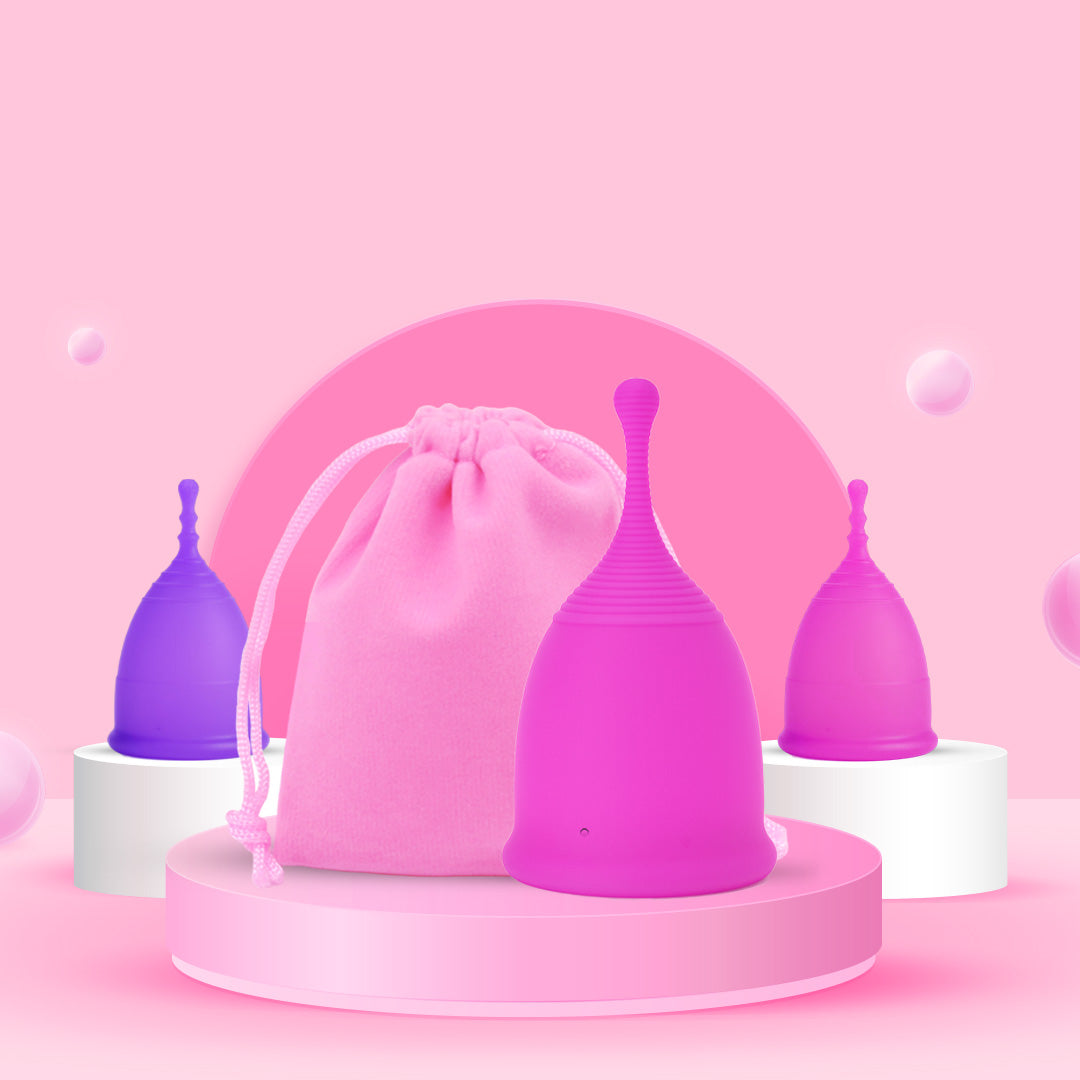Frequently Asked Questions
1. What is the history of menstrual cups?
2. What are the benefits of using menstrual cups?
3. Are menstrual cups difficult to use?
4. How can menstrual cups contribute to environmental sustainability?
5. What factors should I consider when choosing a menstrual cup?
Menstrual cups, often hailed as a modern solution for period management, have a rich history that stretches back to ancient civilizations. These eco-friendly menstrual cups have garnered popularity in recent years due to their sustainability, comfort, and effectiveness. Let’s take a closer look at the journey of menstrual cups, from their inception to modern-day use, exploring how they’ve evolved over time.
An Ancient Innovation
The concept of a menstrual cup is not as contemporary as one might think. Historical evidence suggests that women have been finding ways to manage menstruation since ancient times. In Egypt, around 3000 BCE, women used materials like papyrus or cloth to create barriers. However, the idea of capturing menstrual fluid directly was born in the early 20th century.
The First Patent
In 1932, a woman named Leona Chalmers filed for a patent for a device she called the "menstrual cup." Made of rubber, this early version was designed to be reusable and offered women an alternative to the conventional pads and tampons available at that time. Unfortunately, it took several more decades for the concept to gain traction.
The 20th Century: A Shift in Menstrual Health
The 1960s and 1970s marked a significant shift in attitudes toward menstrual health and hygiene. The feminist movement began advocating for women’s rights, including the right to choose how they manage their periods. During this time, the menstrual cup experienced a resurgence of interest.
The First Modern Menstrual Cups
At this point in history, several companies began producing softer, more flexible menstrual cups, often made from silicone or latex. The availability of materials and rising awareness of the environmental impact of single-use products played a critical role in the popularity of these eco-friendly menstrual cups.
The Rise in Popularity during the 21st Century
As we moved into the new millennium, the trend toward sustainability grew stronger. More women began seeking alternatives to disposable products, and menstrual cups emerged as a sustainable solution. An eco-friendly menstrual cup reduces waste while offering numerous advantages, such as increased comfort and lower long-term costs.
The Best Menstrual Cup for Every Woman
With various options on the market, determining the best menstrual cup can seem daunting. Factors such as size, material, and general preferences play a crucial role in choosing the ideal product. Many brands began offering multiple sizes and shapes to accommodate different body types and flow levels. Women started to embrace menstrual cups as reliable and safe alternatives for their menstrual health.
Breaking Taboos and Misconceptions
Despite their growing popularity, menstrual cups still face societal taboos and misconceptions. Many individuals are unaware of how to use or care for a menstrual cup, leading to unnecessary fears. Educating women about proper usage can help break the stigma surrounding menstrual cups and promote a more sustainable option for menstrual health.
Debunking Common Myths
- Myth: Menstrual cups are uncomfortable.
- Fact: When correctly inserted, menstrual cups should hardly be felt.
- Myth: Menstrual cups are difficult to use.
- Fact: With practice, most women find them easy to use.
- Myth: Menstrual cups can get lost inside.
- Fact: The vaginal canal is closed at the top, preventing this from happening.
The Role of Technology in Advancements
As more women turned toward eco-friendly menstrual cups, manufacturers began to innovate. Technology played a substantial part in enhancing the design, comfort, and usability of menstrual cups. From improved materials that increase flexibility to ergonomic shapes that fit better, the advancements have made the menstrual cup even more accessible to women of all ages.
Personalization and Inclusivity
Recognizing that every woman’s body is unique, brands have started to create personalized menstrual cups tailored to different needs. From varying sizes to different firmness levels, women can now choose the cup that suits their individual preferences. This personalization ensures that everyone—regardless of age or anatomy—can find the best menstrual cup for themselves.
The Eco-Friendly Revolution
With climate change becoming a pressing issue, the demand for eco-friendly products has skyrocketed. Menstrual cups offer a sustainable alternative to pads and tampons, which contribute significantly to landfill waste. Many eco-conscious consumers are making the switch to menstrual cups, further driving demand and awareness.
Environmental Impact
Consider this: An average woman uses around 11,000 to 16,000 disposable products during her menstruating years. In contrast, a single menstrual cup can last up to 10 years with proper care. By choosing this eco-friendly menstrual cup, women can significantly reduce their carbon footprint and contribute to a greener planet.
The Future of Menstrual Cups
As we look ahead, the future of menstrual cups appears bright. With ongoing research and advocacy, more women are likely to discover the many benefits of using menstrual cups. Moreover, educational campaigns can help dispel myths and encourage women to make a switch that benefits both themselves and the environment.
Menstrual Health Education
Integrating menstrual health education into school curriculums can demystify menstruation and promote the benefits of menstrual cups early on. By fostering an environment where discussions about periods are normalized, we can inspire the next generation to embrace eco-friendly menstrual solutions without stigma or hesitation.
Embracing Change in Menstrual Health
The history of menstrual cups reveals much about societal shifts in attitudes toward menstruation, sustainability, and women's health. As we navigate through an era that prioritizes eco-friendliness and inclusivity, menstrual cups stand out as a valuable and progressive choice.
Join the Movement
The evolution of the menstrual cup shows us that change is possible, and it starts with informed choices. By choosing an eco-friendly menstrual cup, you're not just making a choice for personal comfort—you're taking a stand for sustainability and an environmentally friendly future. Now is the time to embrace this journey of empowerment and reduction of waste.
Incorporating menstrual cups into your menstrual health regime is an opportunity for you to create a significant impact on the planet while enhancing your own comfort. Let's continue to share this knowledge and empower ourselves and others in making conscious choices for a healthier planet and a more sustainable future!





